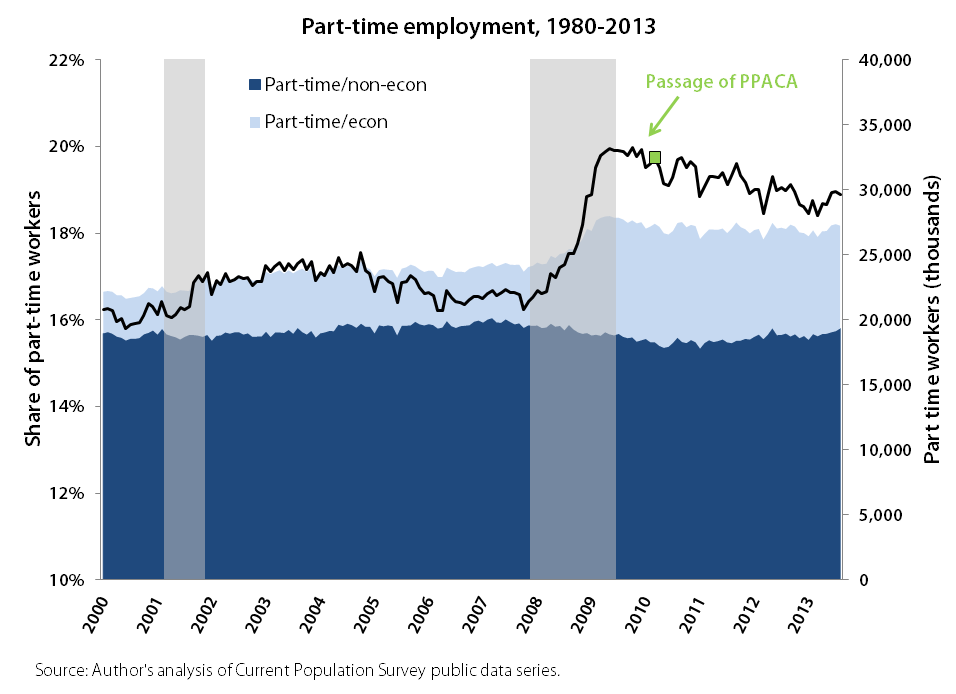Via Brad DeLong, a memo from David Cutler to Larry Summers on health reform implementation – at the time Cutler was advising Pres. Obama on health economics and Summers was the Director of the National Economic Council:
Date: May 11, 2010
To: Larry Summers
From: David Cutler
Subject: Urgent Need for Changes in Health Reform ImplementationI am writing to relay my concern about the way the Administration is implementing the new health reform legislation. I am concerned that the personnel and processes you have in place are not up to the task, and that health reform will be unsuccessful as a result.
Let me start by reminding you that I have been a very active supporter of reform. In addition to being the senior health care advisor to the President’s campaign, I worked closely with the Administration, helped Congress draft the legislation, met with countless Members of Congress and interest groups to explain the reform effort, conducted numerous radio and television interviews, walked hundreds of reporters through health care, and wrote a number of op-eds and issue briefs supporting reform. I am told that the President and senior members of the Administration valued my input, though I was never offered a position in the Administration. I say this to illustrate that I have thought about the issues a good deal and have discussed them with many people.
You should also note that while this memo is my own, the views are widely shared, including by many members of your administration (whose names I will omit but who are sufficiently nervous to urge me to write), as well as by knowledgeable outsiders such as Mark McClellan (former CMS administrator) and Henry Aaron (Brookings). Indeed, I have been at a conference on health reform the past two days, and have found not a single person who disagrees with the urgent need for action.
My general view is that the early implementation efforts are far short of what it will take to implement reform successfully. For health reform to be successful, the relevant people need a vision about health system transformation and the managerial ability to carry out that vision. The President has sketched out such a vision. However, I do not believe the relevant members of the Administration understand the President’s vision or have the capability to carry it out. Let me illustrate the problem you face and offer some solutions. Continue reading

